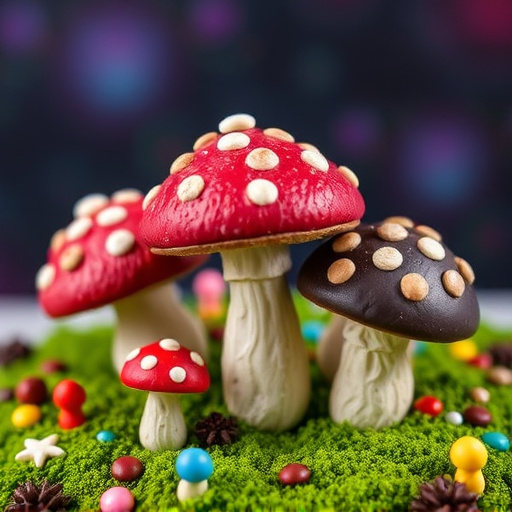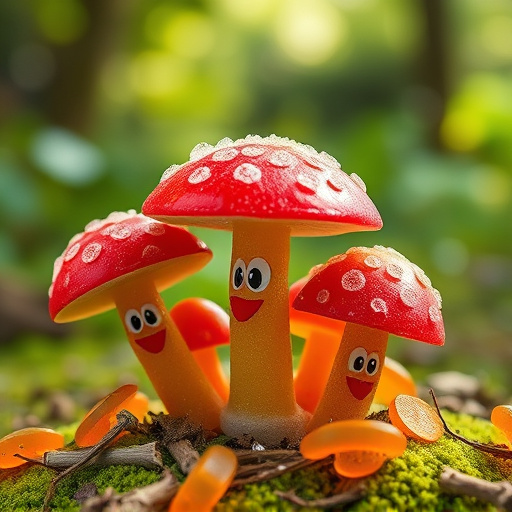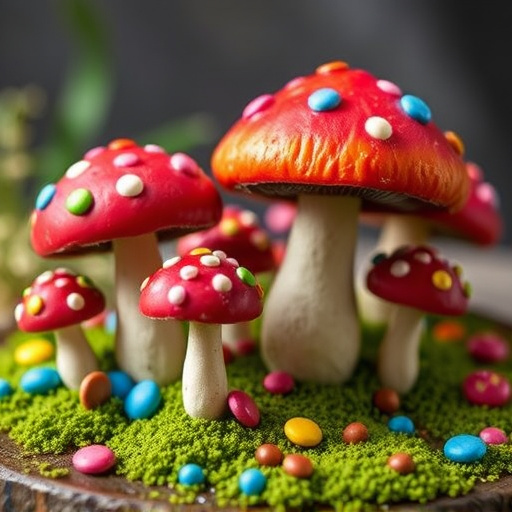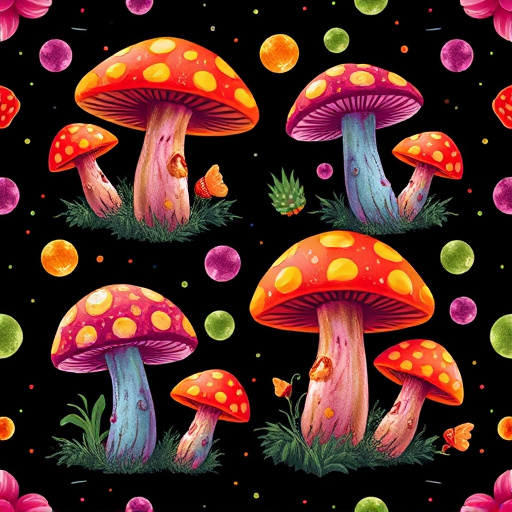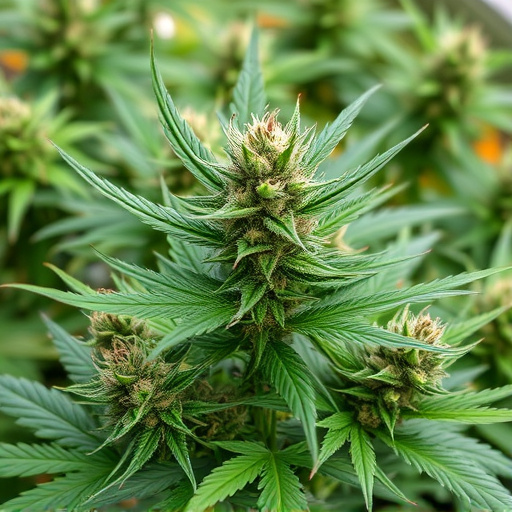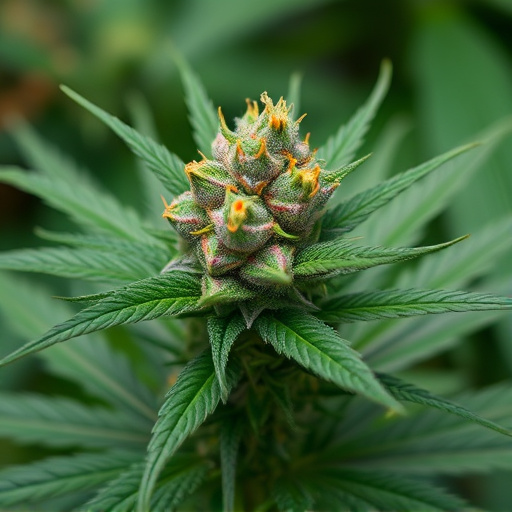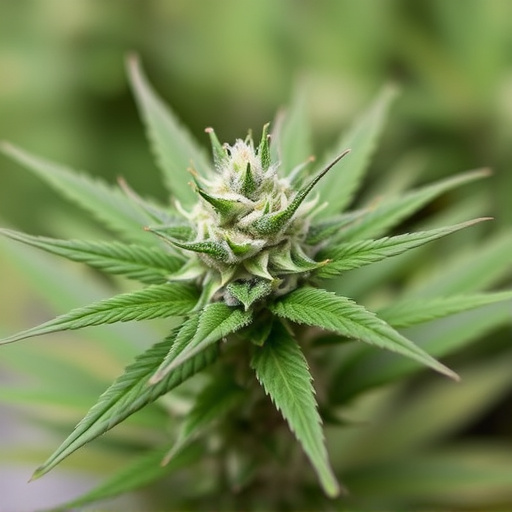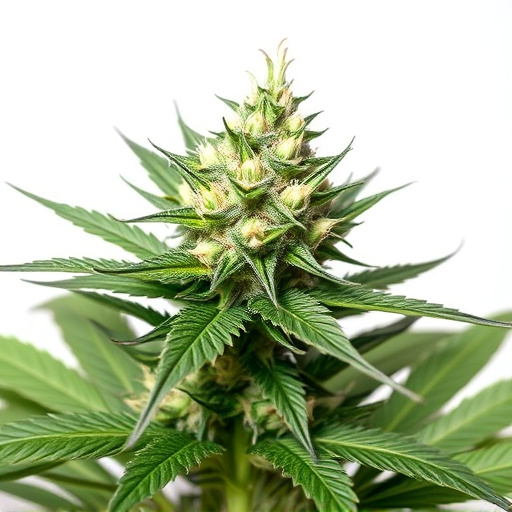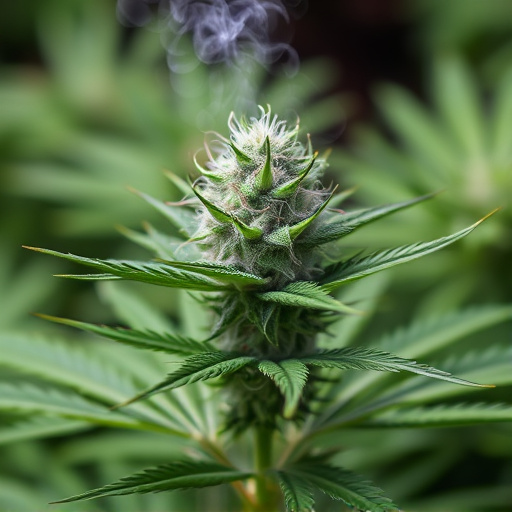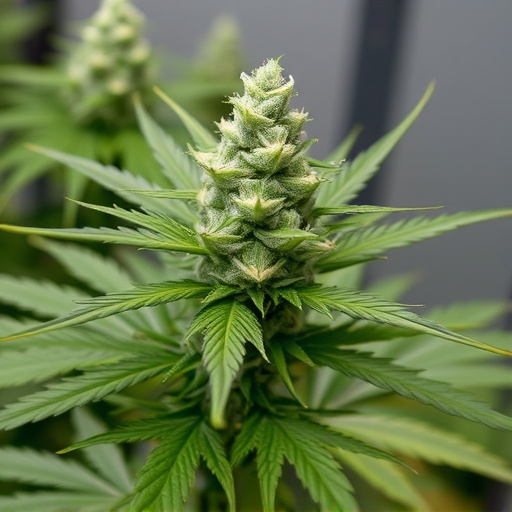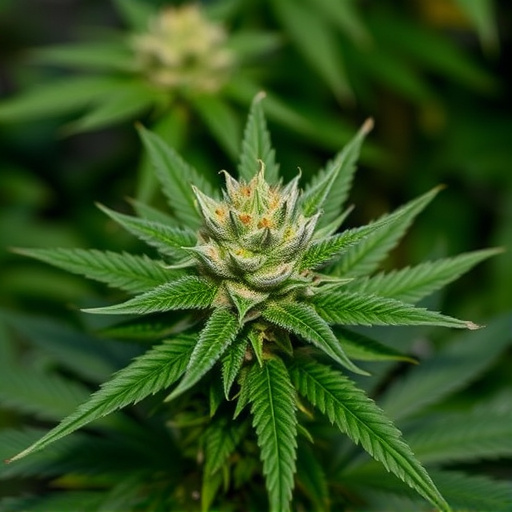Cannabis plants display vibrant colors like purple, red, and blue due to pigments like anthocyanins (reds, purples) and flavonoids (blues), which serve protective and antioxidant functions. These colors are genetically determined by terpene compounds that also influence the plant's scent, aroma, and flavor. Low odor cannabis strains, characterized by reduced terpene production, have been developed through selective breeding to cater to consumer preferences for milder aromas and visual appeal.
“Uncover the enigmatic causes behind the vibrant hues of purple, red, and blue weed. This article delves into the science-backed reasons for these rare colors, exploring the intricate relationship between cannabis pigments, genetics, and terpenes. We’ll navigate the world of genetic factors influencing both scent and visual appeal, focusing on low odor cannabis strains and how selective breeding has enhanced their unique characteristics. By understanding these elements, you’ll gain a deeper insight into the diverse tapestry of this fascinating plant.”
- Understanding Cannabis Pigments: The Science Behind Colors
- Genetic Factors and the Role of Terpenes in Scent and Color
- Low Odor Strains: How Breeding Influences Visual and Olfactive Characteristics
Understanding Cannabis Pigments: The Science Behind Colors
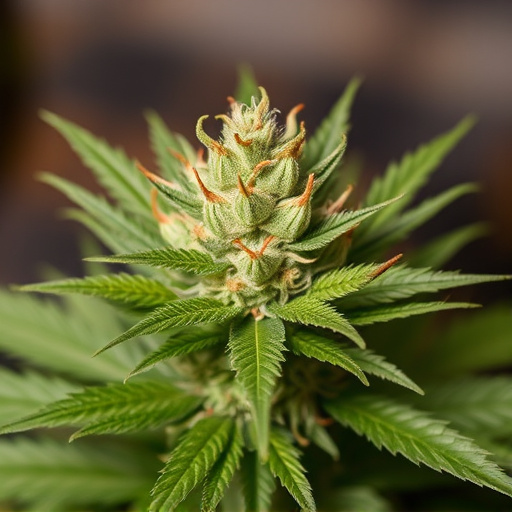
Cannabis plants, scientifically known as Cannabis sativa, display a remarkable range of colors, from vibrant purple to deep red and classic blue—a far cry from the neutral green most people associate with plants. These striking hues are not merely cosmetic; they’re an indicator of complex chemical compounds within the plant, specifically pigments. The primary pigments responsible for these colors are anthocyanins (for reds and purples) and flavonoids (for blues).
These pigments play a crucial role in the cannabis plant’s development and adaptation. Anthocyanins, for instance, act as natural sun protectors, shielding sensitive plant tissues from excessive UV radiation. Flavonoids, on the other hand, are known for their antioxidant properties, helping to protect the plant from internal oxidative stress. Interestingly, these pigments can also contribute to the distinct aromas and potential therapeutic effects of different cannabis strains, including low odor varieties often sought after by users who prefer subtle scents.
Genetic Factors and the Role of Terpenes in Scent and Color
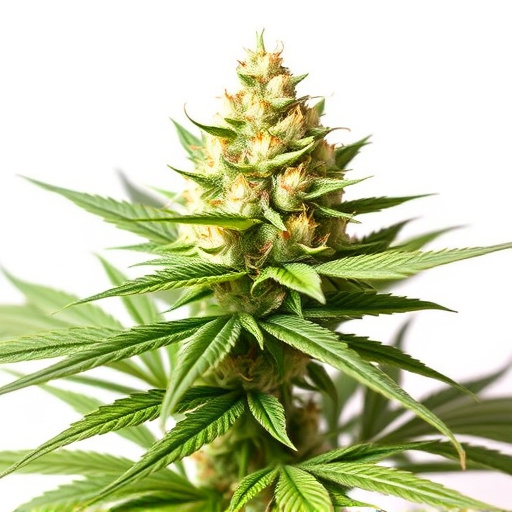
The unique colors of purple, red, and blue in weed are not random but result from intricate genetic factors. These colors are largely determined by specific chemical compounds called terpenes, which also play a crucial role in the plant’s scent profile. Terpenes are aromatic molecules that contribute significantly to the distinct odors we associate with different cannabis strains. In low odor cannabis strains, for instance, genetic modifications can reduce or alter terpene production, leading to milder aromas and flavors compared to their fragrant counterparts.
Each terpene not only influences the smell but also interacts with cannabinoids like THC and CBD. These interactions can significantly affect the plant’s overall effect on the user, providing a range of experiences from uplifting and energizing to relaxing and sedating. Understanding these genetic factors and terpene-cannabinoid relationships offers valuable insights into why some cannabis varieties display vibrant colors and others do not.
Low Odor Strains: How Breeding Influences Visual and Olfactive Characteristics
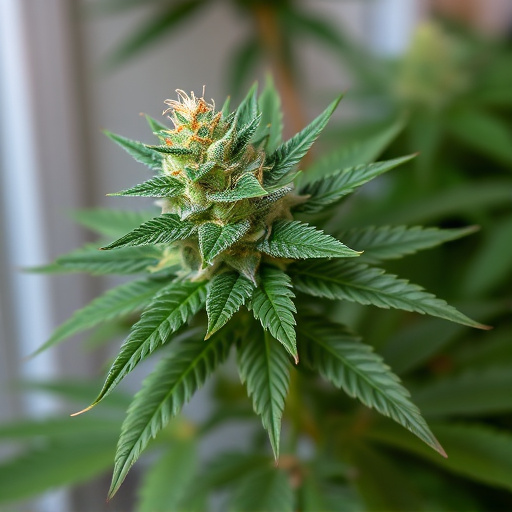
Breeding has played a significant role in shaping the diverse world of cannabis, and one aspect that often goes unnoticed is the creation of low odor cannabis strains. The visual appeal of purple, red, or blue hues in weed isn’t solely down to genetics; it’s also closely tied to aromatic compounds. Through selective breeding, cultivators can reduce or enhance specific terpenes responsible for unpleasant odors. This process allows them to create strains with minimal or pleasant aromas, catering to a wide range of consumer preferences.
Low odor strains often result from cross-breeding parent plants known for their low terpene content or specific terpene profiles. By focusing on visual characteristics and fostering particular aromas, breeders have introduced unique genetic variations that contribute to the vibrant colors and subtle scents associated with these strains. These innovations not only enhance the overall user experience but also reflect the evolving preferences of cannabis enthusiasts in today’s market.
In conclusion, the vibrant colors of purple, red, and blue in cannabis are primarily attributed to genetic factors and the interplay of terpenes. Understanding these chemical compounds not only reveals the scientific basis for these distinctive hues but also sheds light on why certain strains, like low odor cannabis varieties, have been selectively bred for their visual appeal and reduced scent. By recognizing the role of genetics and terpene profiles, cultivators can continue to develop unique and desirable cannabis strains that cater to diverse consumer preferences.
